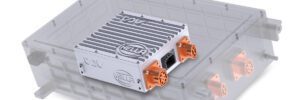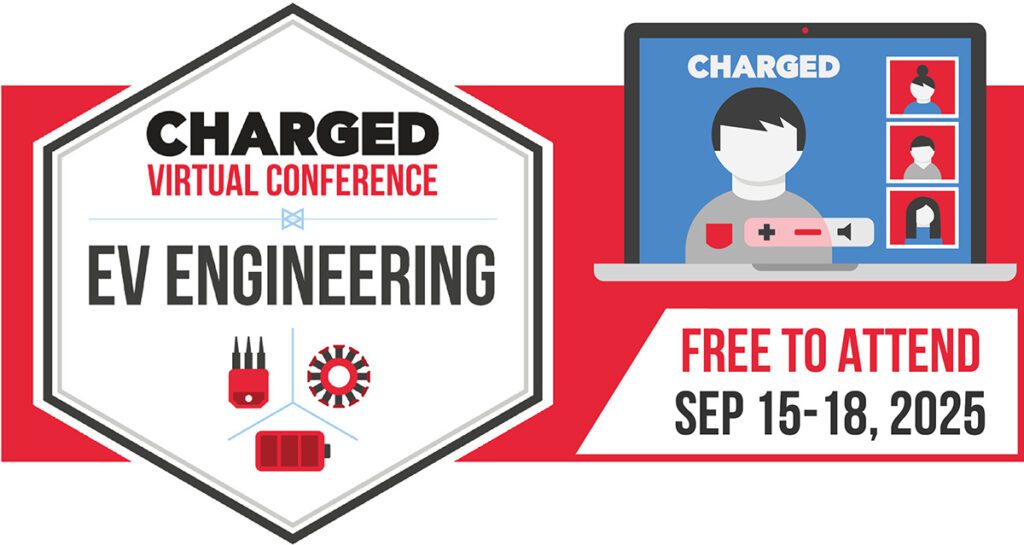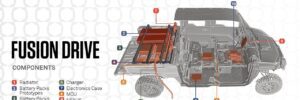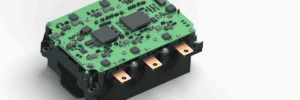
FORVIA HELLA and Tau Motors have announced a partnership to develop a virtually isolated onboard charger (viOBC) for electric vehicles, targeting series production within two to three years. The viOBC is designed to eliminate the need for a transformer, resulting in a compact charger with high power density and improved energy efficiency.
According to the companies, the viOBC uses an innovative hardware and software architecture to maintain electrical and functional safety without the traditional transformer that separates the AC grid from the DC vehicle system. This design allows for a power density of up to 7 kW per liter of installation volume. The viOBC reduces the required installation space by up to half and decreases weight by about one third compared to conventional onboard chargers.

The viOBC achieves an energy efficiency exceeding 98 percent during the charging process and supports advanced energy management functions, including vehicle-to-grid integration and grid-supporting virtual powerplant capability. The companies report that, by removing the transformer, the system can help reduce electricity costs due to higher charging efficiency and support CO2 savings through vehicle weight reduction.
Source: FORVIA HELLA







